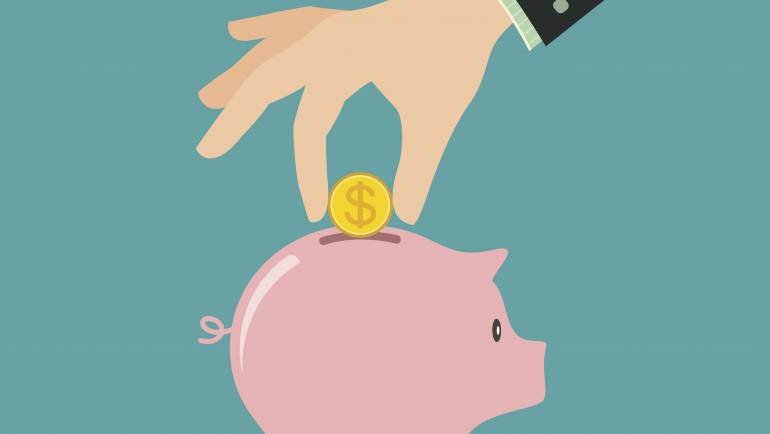There’s a lot of noise out there! If you listen to the financial media or logon to your favorite financial news site, you will find contradictory information about what it takes to grow your money. “Put your money over here”; “Put your money over there”; “Turn your small investment into big dollars” etc. It’s confusing. Where do you start? Who do you trust?
Let’s take an objective look at what you can do to grow your wealth. Let’s not talk about specific securities, but rather, behaviors you can modify to improve your results. Here are four concepts that I think illustrate what’s important when it comes to building wealth:
How much you save
I tell this to young people all the time. When you’re starting out, the most important determinant of your future saving/investing success is the amount of money you put away. We all want our money to work for us but it won’t perform magic tricks. Imagine you have $1,000 invested and you can achieve an 8% compound rate of return. After 20 years, you would have $4,661. Not bad based on a total investment of $1,000 but hardly enough to make any meaningful difference toward your financial independence. Now imagine you start with that same $1,000 and are able to earn a compound 8% on your money. However, this time, you are able to save an additional $150 per month. You would have invested $37,000 ($1,800 per year x 20 plus your initial $1,000) and would have $93,622 after 20 years. Now you’re getting somewhere. Granted you put a lot more money in but you had a lot more money working for you earlier. In the first example, you ended up with $3,661 more than you put in. In the second example, you ended up with $56,622. Your money can only work for you if you put it to work early and often.
When you save it
You may have seen an example like this before but it’s worth repeating. Aaron, at age 45 invests $10,000 plus an additional $150 per month until he is 65 (20 years) and is able to achieve an 8% compound rate of return. When Aaron turns 65, after having invested $46,000, he has $135,571. Not bad. Bailey starts when she is 35 with $10,000 plus an additional $150 per month for only 10 years. She then leaves her money invested for 20 more years without making any more contributions until she is 65. When she turns 65, she has $231,887 after having invested only $28,000. Bailey invested less money and ended up with far more. Why? Because she started earlier and was able to benefit from compound interest for 10 years longer than Aaron.
How much you keep
The taxman cometh. Realizing the benefits of compound interest is great but what really matters is how much you keep after taxes have been paid. There are many strategies like tax-loss harvesting, owning municipal bonds and Roth IRAs/Roth 401ks that you can consider. A Roth IRA/Roth 401k account allows you to invest with after-tax dollars (non tax-deductible) and let them grow over time. Once you turn 59 ½, as long as the Roth is more than 5 years old, you can withdraw your money without ever having to pay tax on the earnings. As we’ve seen in some of the examples above, those tax-free earnings can really add up! You should consult with your tax advisor to determine what strategies are right for you.
How much you spend
I do a lot of financial planning for my clients. One aspect of the financial planning process is exploring different scenarios to determine how much income a person can expect in retirement based on their savings and investments. Invariably, one of the biggest determinants of of success is how much you spend. Let’s look at an example. Imagine a 65 year old couple that has saved $1 Million for their retirement and this is their only source of retirement income. Let’s assume they need $50,000 per year in income and need that number to grow by 3% per year to compensate for inflation. If they are able to invest their money at 5% interest, after 25 years they would still have about $122,000 after having taken out $1,822,963. If the same couple needs $60,000 per year, they will run out of money less than 20 years later at age 85. $1 Million seems like a lot, and it is! But even with a large nest egg tucked away, overspending can threaten your financial independence. Without proper planning, you may not know you’ve spent too much until it’s too late.
I hope these four concepts provide some clarity to you wherever it is you find yourself on the road to financial independence. If you haven’t already, consider creating or updating your financial plan. This is a great way to coordinate all of these strategies together in an effort to improve your probability of success.
Want to do a financial plan to find out if you’re on track to financial independence? Click here to get started!

